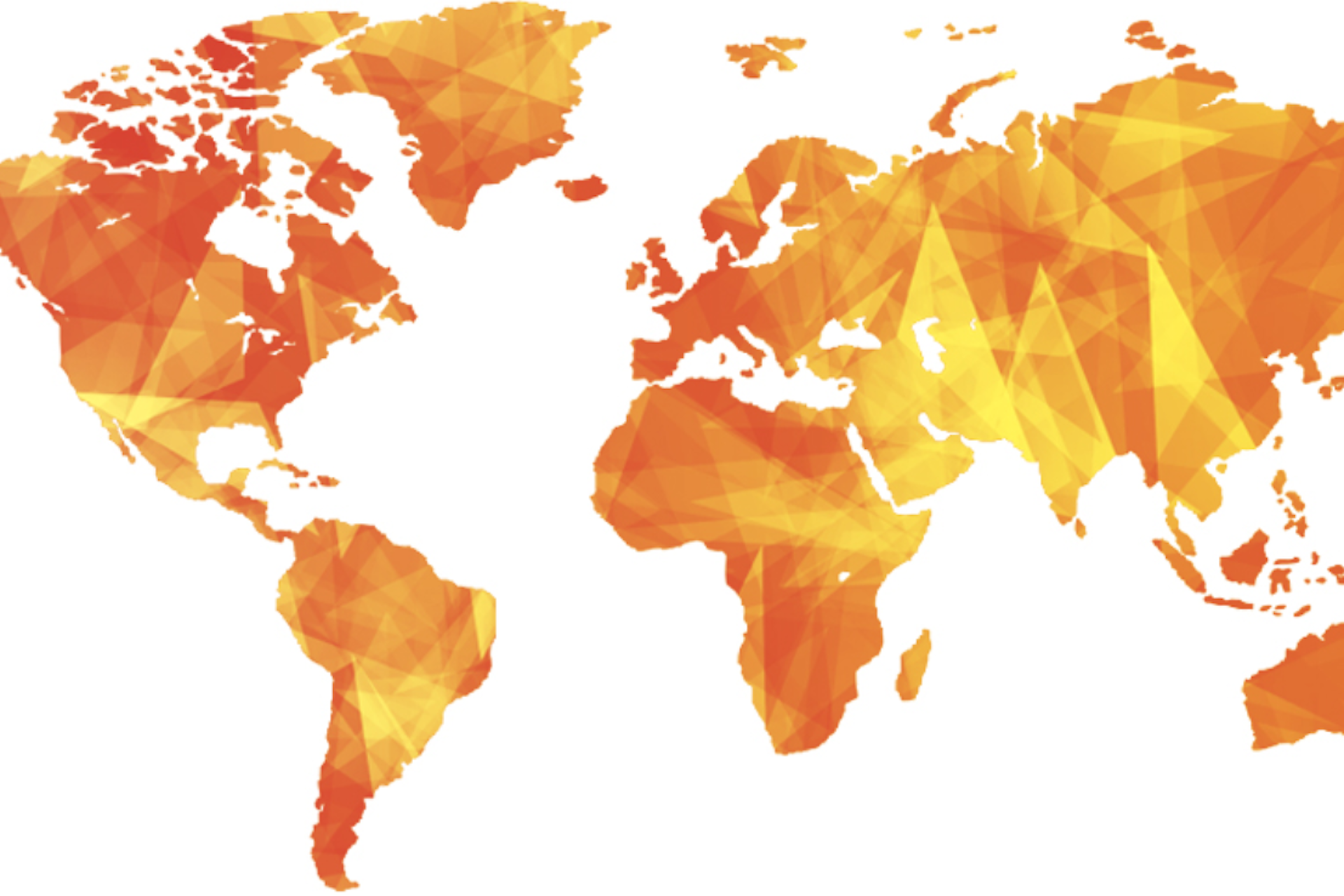Do you know what the people of Madagascar are at risk of?
If your answer is no, unfortunately, you aren’t alone.
In 2019, there were about 40 humanitarian disasters around the world, classified as crises, that affected more than one million people each. Sadly, the world hasn’t heard of very many of them.
CARE is a global humanitarian organisation providing disaster relief to areas in crisis, while providing long-term solutions to poverty around the world.
In partnership with Meltwater, and Meltwater’s deep data and media analytics capabilities, CARE has released their annual “Suffering in Silence” Report that clarifies the humanitarian crises that were least reported in the media.
Suffering in Silence – Which 10 Humanitarian Crises Did Not Make the Headlines?
According to the data, the top 10 crises least reported in the media in 2019 were:
10. Lake Chad Region: Armed conflict, displacement and hunger, nearly 10 million people in need of humanitarian assistance.
09. Ethiopia: A vicious cycle of disaster, hunger and displacement, about 7.9 million people suffer from a serious level of malnutrition, particularly pregnant and lactating women, infants and the elderly.
08. Burkina Faso: A silent humanitarian catastrophe, around 5.2 million people – more than a quarter of the population – affected by the escalation of violence in Central Sahel.
07. Kenya: Trapped in the middle of floods and droughts, more than 1.1 million people live without regular access to food.
06. North Korea: Hunger behind locked doors, around 10.9 million people in need of humanitarian assistance to meet their food, health, water, sanitation and hygiene needs.
05. Eritrea: Fleeing drought and repression, half of all children under five stunted as a consequence of malnourishment.
04. Burundi: Instability fuelling a humanitarian crisis, 1.7 million people chronically struggle to feed their families.
03. Zambia: On the front of climate change, an estimated 2.3 million people in the country in urgent need of food assistance.
02. Central African Republic: A brutal conflict in the heart of Africa, about 2.6 million people in desperate need of humanitarian assistance.
01. Madagascar: Impacted by the human-made climate crisis, over 2.6 million people affected by drought.
Main Features of the Report
Here, we have summarised some of the main features and most important parts of the Suffering in Silence Report:
Number of media reports on the 10 least media-covered humanitarian crises of 2019:
10. Lake Chad Region: 9 418 results
09. Ethiopia: 9 083 results
08. Burkina Faso: 8 219 results
07. Kenya: 7 816 results
06. North Korea: 7 300 results
05. Eritrea: 3 004 results
04. Burundi: 1 469 results
03. Zambia: 1 377 results
02. Central African Republic: 976 results
01. Madagascar: 612 results (!)
In comparison:
- In 2019, a total of 2.7 million articles appeared about the football club Arsenal.
- Miss Universe was mentioned 93 400 times in the news globally in 2019.
- In July alone, 61 500 articles on The Lion King were published.
7 Ways We Can Shed Light on Forgotten Crises:
For Governments and Politics:
1. Reporting Counts: The correlation between public perception and funding makes it clear that creating attention certainly helps. Accordingly, a budget for public relations should also be included in the financing of humanitarian aid measures – especially in countries that are not well known.
2. Money alone is not enough: Politicians are asked more than ever today to inform and involve the public – also with the help of digital media.
For the Media:
3. Setting topics: The sole focus on the number of victims or fatalities hides deeper causes and overlooks people who urgently need help. Media attention to forgotten crises helps to change the perception away from numbers towards effects, and from results to causes.
4. Stories of hope: An end to pure pessimism: It is better to emphasise common ground in order to break up the dividing lines that appear even bigger on our screens with stories of encounters between people and respectful interaction.
For Aid Organisations:
5. Focus on people and approaches: Humanitarian organisations have a duty to promote the role of local and national actors and to recognise their work. It is crucial to include you as a contact person, provided the security situation allows it.
For the Public:
6. Don’t stay behind with your own opinion:
Every voice counts and makes a difference. Even if only negative headlines are often read in newspapers, on TV and on mobile phone screens. Keep reading new news sources, spreading awareness, having conversations, protesting online and offline, and making an impact. Every single supporter makes a difference.
For the Private Sector:
7. Helping responsibly: Corporate responsibility should not just be a PR or image project, but a duty towards those people who are affected by conflicts and natural disasters. Investments in the humanitarian environment must be well considered, should be based on the triple balance of people, planet, profit and be of long-term benefit to the local population.
Tip: Read our CARE Case Study or learn how the IRC uses Meltwater to keep global attention on humanitarian crises
